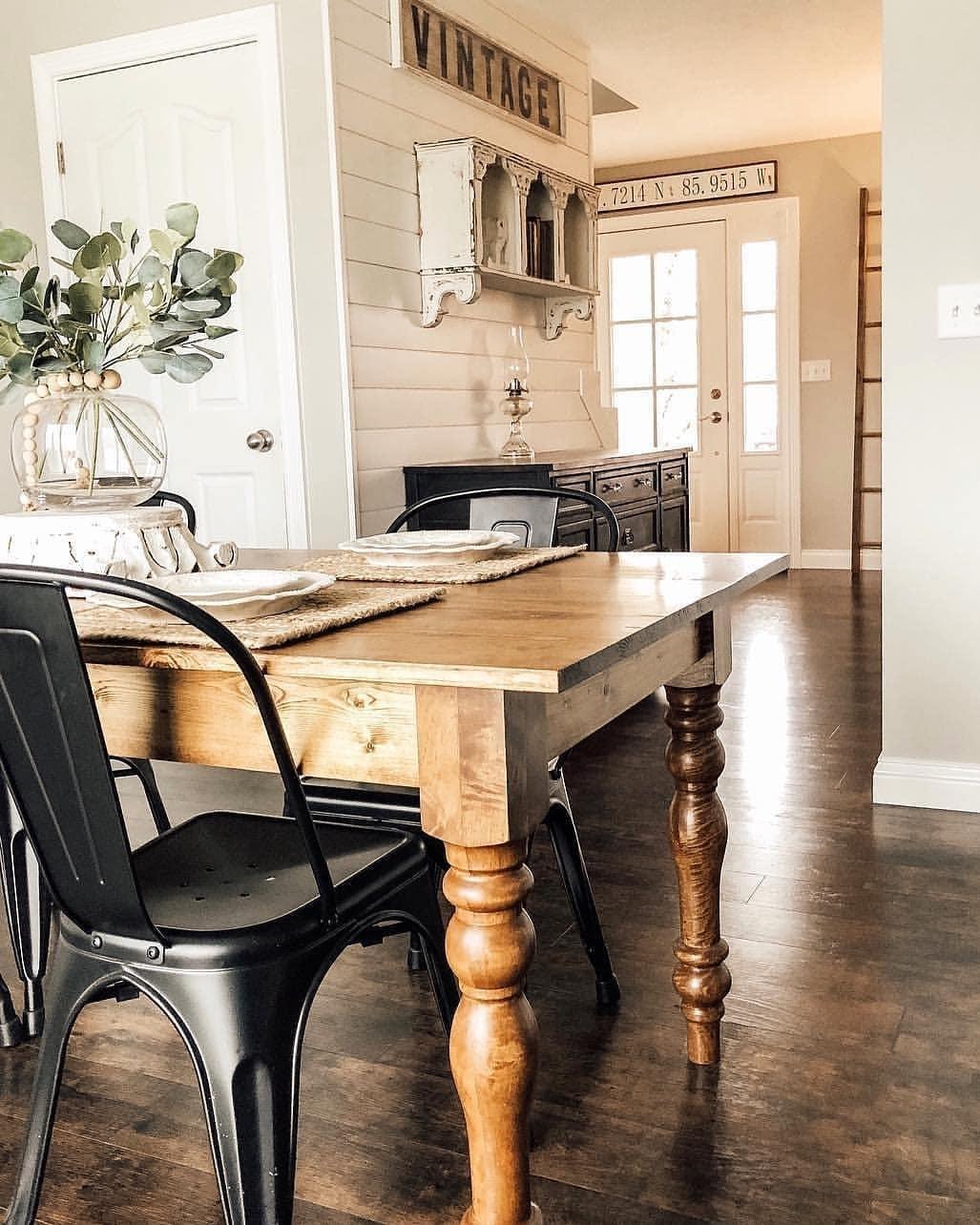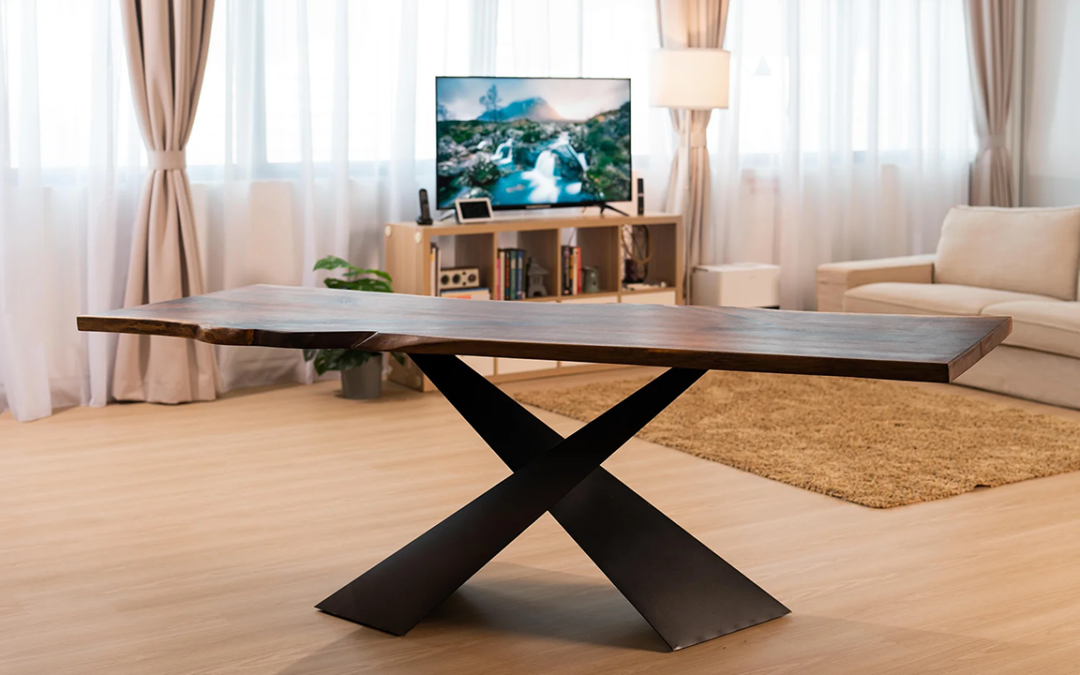Discovering Different Styles for Dining Room Table Legs to Suit Your Aesthetic
Selecting the Perfect Table: What Styles Job Best for Your Home?
Selecting the suitable eating table for your home can be a nuanced procedure that stabilizes aesthetics and performance. To browse these selections effectively and find a table that genuinely enhances your home, consider the complying with facets in information.
Assessing Your Space
Assessing the dimensions and design of your eating area is a crucial very first step in selecting the best table. Begin by measuring the size and size of the area, making up entrances, home windows, and various other building attributes that could influence table placement. This makes sure that your table not only fits however likewise enables comfortable activity around it.
Take into consideration the number of individuals you typically entertain. A table ought to accommodate your household's daily requirements while supplying enough adaptability for periodic guests. As a guideline of thumb, assign a minimum of 24 inches of table width per person to guarantee a comfortable eating experience.
It's additionally important to keep proper clearance around the table. Ideally, there should go to least 36 inches in between the table side and walls or other furnishings, allowing easy access and movement. For rooms where chairs with arms or added storage units like buffets are entailed, enhancing this clearance to 48 inches is recommended.
Lighting and ambience play considerable roles too. Ensure that your eating table aligns with existing lights fixtures or strategy for appropriate lighting options. This extensive spatial analysis guarantees that your dining table not only fits literally but additionally harmonizes with your area's overall capability and aesthetic.
Popular Table Styles

Traditional dining tables often feature luxuriant information, rounded legs, and rich wood finishes, evoking a feeling of classic sophistication. They are best for homes with traditional decor or those looking to include a touch of sophistication to their dining location.
Modern eating tables focus on simpleness and clean lines, frequently incorporating materials like glass and steel. These tables are suitable for contemporary spaces, giving a smooth and uncluttered look that enhances minimalist design viewpoints.
Rustic table, on the various other hand, highlight all-natural materials and a handmade appearance - dining room table legs. They frequently include recovered wood and a troubled finish, developing a cozy and inviting atmosphere. These tables function well in farmhouse-style homes or those seeking a comfy, organic feeling
Industrial dining tables incorporate resources such as metal and wood, commonly showcasing an utilitarian visual. This style is fit for lofts or city spaces, including a touch of rugged beauty and toughness to the dining experience.
Each design offers unique benefits, making it necessary to choose one that aligns with your home's general design and your personal preferences.
Material Options
When picking a dining table, the option of material plays a crucial function in establishing both the table's aesthetic appeals and capability. Wood, metal, glass, and composite products each deal distinct benefits and difficulties, making it vital to straighten the material with your home's design and way of life demands.
Wood is an ageless and functional option, offered in selections such as oak, walnut, and mahogany. Known for its sturdiness and heat, timber enhances both traditional and contemporary interiors. It needs routine upkeep to avoid scrapes and bending.
Steel tables, usually crafted from stainless-steel, aluminum, or wrought iron, are praised for their modern appeal click this and robustness. They are particularly fit for industrial or minimalist settings but can be prone to dents and may feel chilly to the touch.
Glass dining tables bring an air of sophistication and openness, suitable for smaller spaces as they create an illusion of even more area. While easy to tidy, glass can be susceptible to smudges and requires careful handling to avoid chips and cracks.
Composite materials, such as MDF and plywood, offer cost-effective and customizable solutions, though they might do not have the durability of natural products. Picking the ideal material ensures your eating table is both a useful possession and a visual delight.
Shape and Size Factors To Consider
After establishing the proper material for your table, the following consideration is selecting the appropriate form and dimension to fit check it out your space. The form of the table substantially influences the room's visual and performance. Rectangular tables, the most common form, are excellent for bigger spaces and can suit a higher number of guests. They additionally enable for a more official dining experience. Alternatively, round tables cultivate a sense of intimacy and are excellent for smaller sized dining locations, encouraging discussion by eliminating edges and making everyone really feel equally included.
Dimension is just as important and need to be dictated by both the space's measurements and the variety of people you prepare to seat regularly. As a policy of thumb, allocate a minimum of 24 inches of table size each to make certain comfy dining. In addition, think about the table's clearance area: there should be at the very least 36 inches in between the table side and the walls or various other furnishings. This makes certain that restaurants can move conveniently without really feeling cramped. Expanding tables provide versatility if you often organize bigger events, supplying extra seats when required without inhabiting additional room daily. Choosing the right shape and size makes sure both usefulness and aesthetic consistency in your eating area.
Matching Your Decoration
Selecting an eating table that harmonizes with your existing style is critical in developing a cohesive and inviting room. A sleek, minimalist table with tidy lines is suitable for a modern home, while a vintage, elaborate table matches a more standard setup.
Color and material are just as significant. If your decor features cozy tones and all-natural materials, think about a wood table to boost the organic feel. On the other hand, a glass or steel table might be better in a room controlled by awesome shades and industrial aspects. Take notice of the finish, as it ought to mirror various other furnishings and components to keep consistency.
Appearance plays a crucial role. A rough-hewn, reclaimed timber table can include character to a rustic space, while a refined marble surface can raise an extravagant eating area. Lastly, think about the scale and proportion of the table in regard to the area dimension and existing furnishings. A well-matched table not just boosts aesthetic charm but also improves the total dining experience.

Verdict
Selecting the ideal table requires cautious factor to consider of room, style, materials, shape, and size (dining room table legs). Conventional tables complement traditional insides with abundant timber coatings, while modern tables suit contemporary settings with glass and metal. Rustic styles Source present heat using all-natural products, and commercial designs boost urban environments with raw elements. Harmonizing the dining table with existing design makes sure both performance and aesthetic charm, adding to a cohesive and visually pleasing dining area.